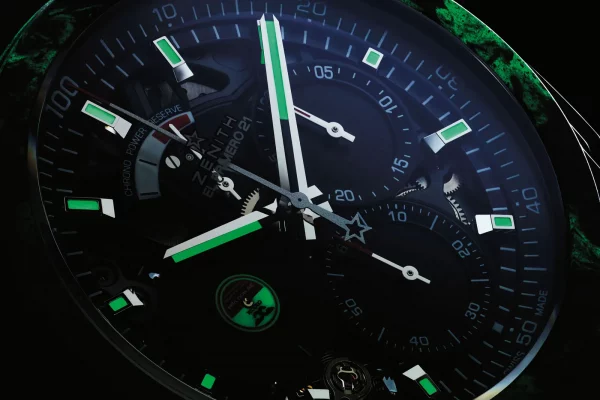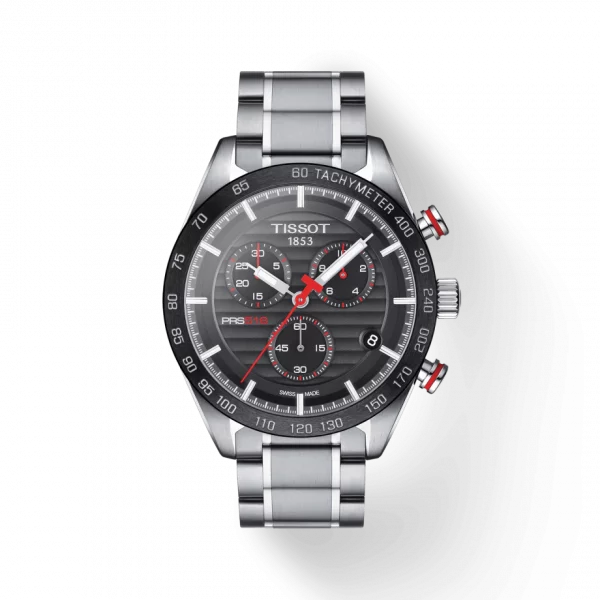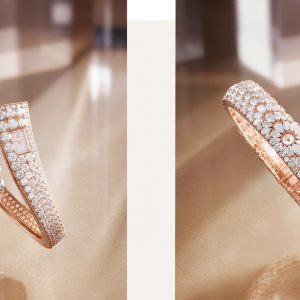In the 1910s and ’20s, a working-class woman could make a decent living by painting luminous material on watch dials. It was a glamorous gig that required artistry and skill. The tech was cutting-edge at the time, and with the need for legible watch dials for soldiers during WWI, workers could take pride in helping the war effort.
The light material was applied with a brush pointed with the tongue to keep the bristles sharp. Workers started painting their fingernails with the fluorescent substance as well. The substance in question was radium, which generated a brilliant glow when combined with zinc sulfide (a phosphor).
Despite the fact that plant owners and scientists took precautions while handling bigger quantities of radium, the ladies were persuaded there would be no adverse consequences from intake and exposure to the chemical. When employees began to get anemia, bone fractures, jaw necrosis, and finally death, it became evident that these ladies had been duped.
Grace Fryer, a dial painter, and a group of other women known as the “Radium Girls” sought compensation from the United States Radium Corporation, a significant employer of dial painters in the United States, by 1927. All of this had a silver lining in that it opened the way for improved legal protection for employees in the United States as well as tighter industrial safety rules.
The material’s use was then drastically reduced. By the 1960s, the quantity of radium used in watch dials had dropped to around one-hundredth of what it had been in the early 1900s, and it was outright prohibited in 1968. Tritium, a new radioactive element, emerged as a replacement.
Tritium follows the same chemical principles as radium in that it decays, producing electrons that cause zinc sulfide to burn. Tritium, on the other hand, is far less radioactive than radium, so it was safe to use on watch dials for decades until the early 1990s, when it was replaced by a pair of even safer replacements that are still in use today.
Photoluminescence

Today, the most often used watch lume pigments are those based on photoluminescent materials (such as strontium aluminate). This non-radioactive substance is painted onto hands, numerals, and dials, and subsequently glows in the dark (typically in a green or blue tint) by absorbing and re-emitting light.
The disadvantage, as compared to radioactive elements, is the short duration of the glow in the dark – it generally only lasts around seven hours or so. Super-LumiNova, a Swiss company that was formed in the early 1990s and is now one of the leading providers, however other watchmakers, such as Rolex watch, develop their own unique variations.
Tritium Gas Tubes
Tritium has made a reappearance, however not in the form of paint. Tritium is encased in borosilicate glass that has been internally coated with a phosphor coating in its gaseous state. The phosphor glows because the tritium gas undergoes beta decay, which releases electrons. The gas is still radioactive, but because it is encapsulated, it provides a lower risk than tritium paintings.
Today, a few watchmakers, such as Ball, Luminox, and Marathon, are recognized for employing tritium gas tubes, which are used exclusively for tool watches since their luminosity does not go out after a few hours like Super-LumiNova. With a half-life of about 12 years, barely a fourth of the radioactive material is remaining after around 24 years; hence, tritium gas tubes shine dim enough to require replacement.
Electroluminescence
The generation of light by an electrical current traveling through a phosphor is known as electroluminescence. In a watch, an electric conductor and phosphor are placed on a glass or plastic panel, which is then positioned behind the dial. An electric current is given when a button is pressed, causing the phosphor to respond and operate as a backlight.







